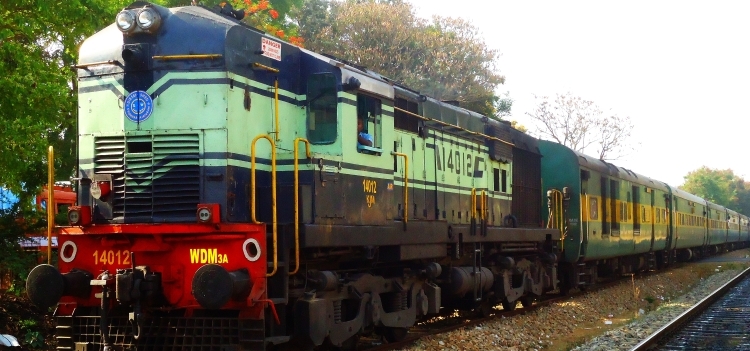You must have noticed diesel engines of trains are always left running at stations or at other places while waiting for signal. Ever wondered why the loco pilot does not turn off the engine and let it in a running state, wasting so much fuel!
Let’s understand this.
If the engine is turned off for a long period of time, it cannot be started as soon as the loco pilot gets green signal. It takes a lot of time for a train engine to build up the optimal break line pressure again for efficient stopping.
If the train is halted at a station and the loco pilot turns off the engine, it becomes an issue after a while when he is asked to leave the station and clear the platform. The loco pilot cannot start the engine as soon as he is asked to leave the platform. And it may result in accidents if another train has been green signalled to enter the same platform.
This apart, the loco pilot has to prepare a proper checklist to recrank the engine and it can take 10-15 minutes if the engine is started after a long shutdown.
Another reason why the engine is not switched of is the fact that the diesel engine contains usually 16 big size cylinders. So if the engine is switched off, it takes time to achieve ignition temperature. Besides, there are many components that are kept running along with the engine. And if the engine is switched off, chances of technical problem in those components are high.
These are some of the most vital reasons why the loco pilot does not take any chance and leaves the engine in running state even when the train comes to a halt.
PNN
